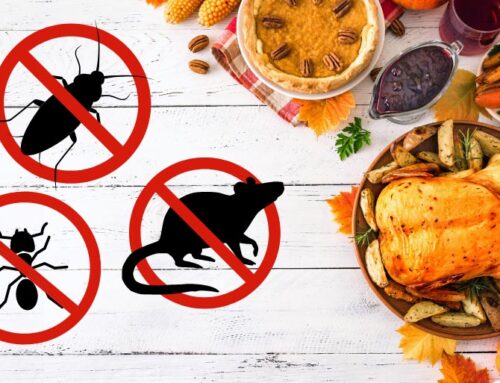As the temperature drops in Waterloo, IA, fall pests like spiders and rodents begin to invade homes, seeking warmth. These unwelcome guests can cause significant annoyance and health risks.
For effective fall pest treatment, understanding the behaviors and entry points of these pests is crucial. Although natural shelters like trees and rocks offer them refuge, our homes often become their preferred overwintering spots.
To help you maintain a safe, cozy living space, we have compiled proven pest control tips that will effectively deter these intruders. Read on to learn how to prepare your home for the fall season.
Common Fall Pests
Before going through our fall pest prevention tips, recognizing the typical pests of the fall season in Waterloo, IA, and the surrounding areas can help you prepare your home against them. Here, we highlight some of the common fall intruders and their behaviors.
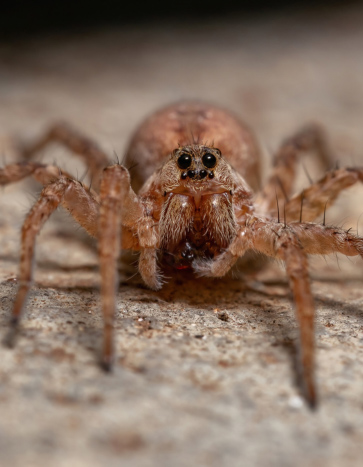
Spiders
Spiders often seek indoor refuge in the fall, becoming more noticeable. Although most are harmless and help control insect populations, their presence can be unsettling.
Common indoor species include house spiders and cellar spiders, with a few like the black widow and brown recluse being more dangerous.
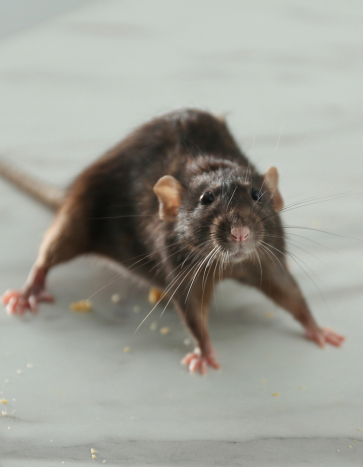
Mice
Mice are frequent fall intruders searching for warmth and food. They squeeze through tiny openings and nest in walls, attics, and basements.
Mice can damage materials and wires by gnawing and carry diseases that pose health risks.
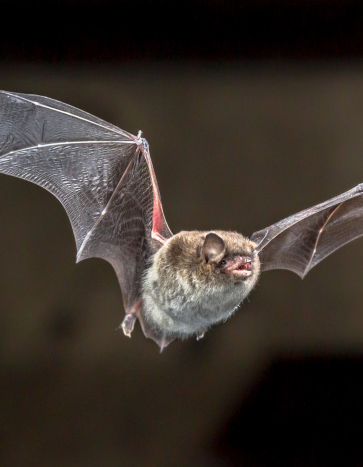
Bats
Bats are crucial for managing insect populations but can cause issues when they roost inside homes.
They enter through tiny openings in roofs or eaves, and their droppings (guano) can lead to respiratory issues. While they are helpful outdoors, it’s important to prevent them from settling in living spaces.
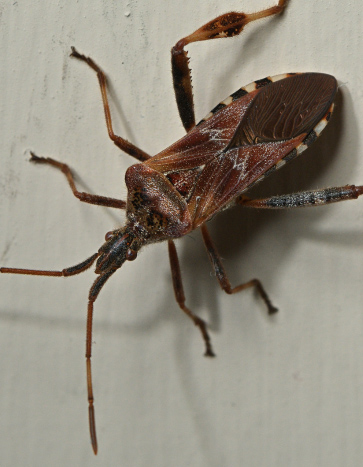
Western Conifer Seed Bugs
These large brown bugs have leaf-like expansions on their hind legs.
They feed on conifer tree seeds and look for indoor shelter as temperatures drop in the fall, often entering through small cracks. While they are harmless, they emit a pungent odor when disturbed.
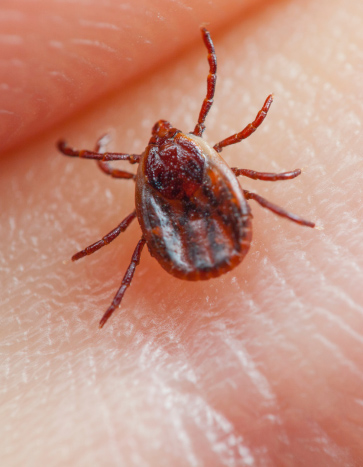
Ticks
Ticks are small arachnids known for transmitting diseases like Lyme disease. While more active in warmer months, some species continue to pose a risk into the fall.
They attach to people and pets to feed on blood and are commonly found in tall grass, leaf litter, and wooded areas.
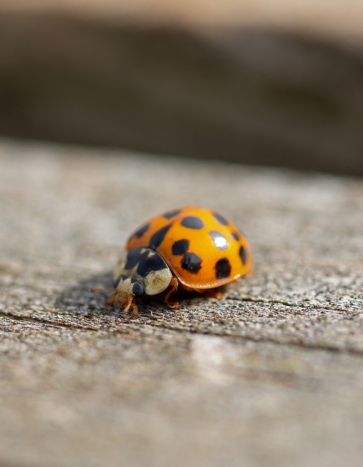
Multicolored Asian Lady Beetles
These beetles are often confused with native ladybugs but can be identified by the distinct “M” or “W” shape on their pronotum.
Though they are beneficial for pest control outdoors, they can become a significant problem when they swarm homes in large numbers during the fall.
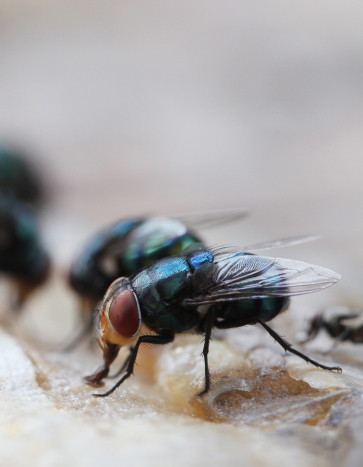
Cluster Flies
Cluster Flies are a bit larger than regular house flies and move slowly. They invade homes to hibernate in fall, often hiding in attics, wall spaces, and unused rooms.
Even though they are not a health threat, they can be a nuisance when they group together in large numbers.
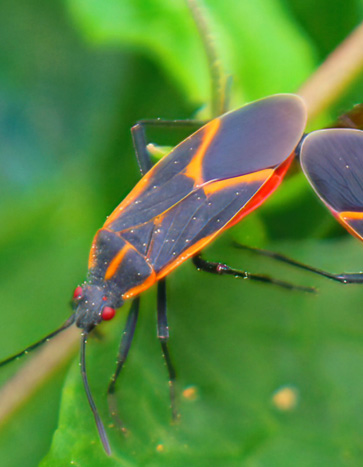
Boxelder Bugs
Boxelder Bugs are recognized by their black bodies accented with red-orange stripes, typically residing on boxelder trees.
During the fall, they tend to congregate in large numbers on sunlit walls and may find their way indoors. While they aren’t dangerous, their presence can be quite a nuisance.
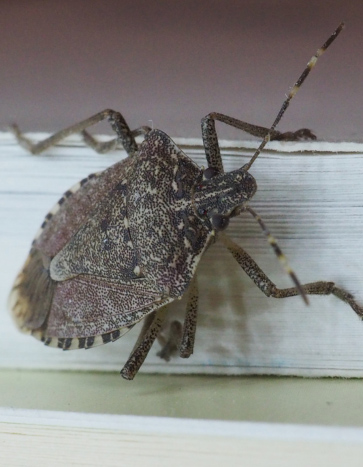
Brown Marmorated Stink Bugs
These insects, brown and shield-shaped, are well-known for invading homes in autumn. They emit a strong odor when crushed or disturbed.
They seek out warm environments and usually enter through small openings in windows, doors, and foundations.
Understanding the characteristics and behaviors of these common fall intruders is essential for protecting your home. Now that you’re aware of the types of pests that can invade during the fall, it’s crucial to understand how they gain entry into your living space.
In the next section, we will explore the various entry points and seasonal behaviors that enable these pests to infiltrate your home.
How Fall Intruders Enter Your Home
As temperatures drop, animals and insects look for shelter, making it essential to understand how they find their way into your home. This section highlights common entry points and seasonal behaviors of pests, providing valuable insights for effective fall pest control.
Common Entry Points for Pests
Fall pest intruders can exploit a variety of entry points around your home. Even the smallest cracks and gaps can serve as entryways. Typical access points include:
Seasonal Behavior of Pests
As temperatures drop in the fall, certain behaviors of pests make them more likely to invade homes. Recognizing these patterns helps in planning effective prevention strategies:
By identifying how these pests enter and understanding their seasonal behaviors, you can take proactive steps to safeguard your home. In the next section, we’ll explore effective tips for fall pest prevention to keep your home pest-free.
Effective Fall Pest Prevention Tips
Now that you know which pests are most common in the fall and how they enter your home, it’s time to take proactive steps to prevent them. Implementing effective pest prevention measures can help keep your home safe and pest-free. Here are some essential pest control tips to help you protect your home this fall.
Seal Entry Points
To effectively prevent fall intruders, start by blocking their entryways into your home. Sealing gaps and cracks can greatly reduce the likelihood of pests making their way inside. This is a key part of any fall pest control strategy.
Maintain Cleanliness
Keeping your home clean makes it less inviting to pests. By eliminating sources of food, water, and hiding places, you can effectively deter these intruders. Regular cleaning is a key strategy in pest prevention.
Proper Storage of Food and Waste
Properly storing food and waste is essential to deter pests. Limiting their access to food sources can greatly reduce the risk of an infestation.
Outdoor Maintenance
Maintaining your outdoor area can help prevent pests from entering your home. By managing your home’s exterior, you create a barrier that deters pests.
Regular Pest Inspections
Frequent inspections can help identify and address pest issues before they become serious infestations.
By implementing these fall pest prevention tips, you can make your home less attractive to pests. In the next section, we’ll explore the impact of these pests on your health and property, highlighting the importance of these preventative measures.
Understanding the Impact of Fall Pests
Fall pest intruders can have a substantial impact on both your home and your health. Recognizing these effects highlights the need for thorough pest prevention and control. Here, we examine the health risks and potential structural damage caused by common fall pest intruders.
Health Risks
Pests that emerge in autumn can introduce several health risks for you and your family. Notable risks include:
Structural Damage
Pests can lead to severe structural issues in your home, which can be expensive to fix:
Understanding the health hazards and structural damage caused by fall pests underscores the importance of preventive actions. In the next section, we will discuss professional pest control services and when it might be necessary to call in experts to safeguard your home.
Professional Pest Control Services
While DIY methods can handle small pest problems, there are times when expert intervention is necessary for comprehensive pest management. This section outlines when to call professionals in Waterloo, IA, and the advantages of using their services, particularly for fall pest issues.
When to Call a Professional
Recognizing the need for expert help is essential for effective pest control. Here are some scenarios where you should reach out to a pest control specialist:
Benefits of Professional Pest Control
Hiring professional pest control services has several benefits:

About the Author
Blake Marshall, Owner/Operator of Bobcat Wildlife and Pest Control, Waterloo. A skilled tradesman turned pest expert, Blake launched the franchise in 2020. With a motto of excellence, he ensures superior pest solutions in Waterloo and beyond. His dedication and diverse experience make Bobcat a trusted choice for wildlife and pest management.

